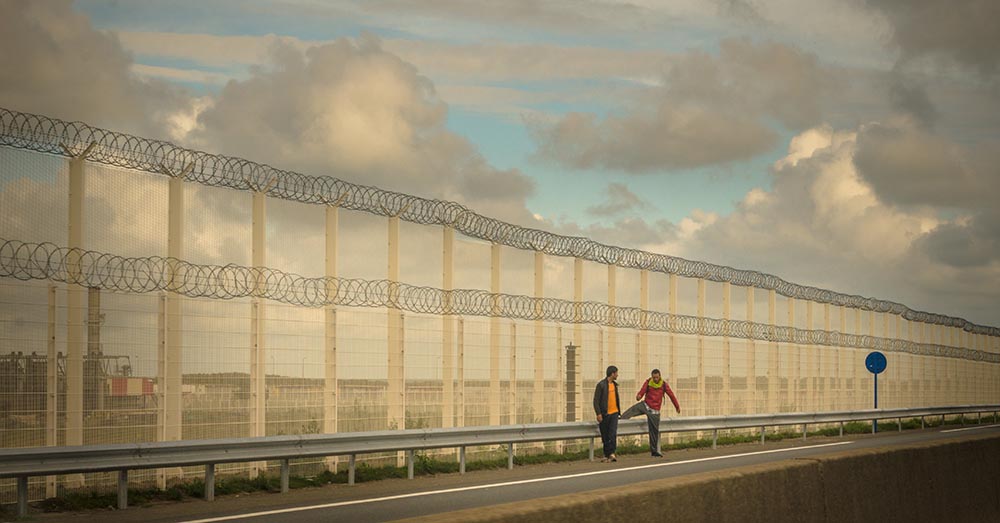
The migration crisis of 2015–2016 threw the EU asylum system into chaos and fueled the resurgence of populism across Europe. In 2015 I argued that the EU needs to adopt an explicit burden-sharing mechanism in order to increase the capacity to cope with the number of asylum seekers arriving on Europe’s doorstep. An unprecedented 1.82 million unauthorized migrants arrived in 2015, as the wars in Syria and Iraq intensified and as border controls in Greece and Italy collapsed. These events exposed the inadequacy of the Common European Asylum System as never before. Here I argue that the need for burden-sharing between destination countries remains a priority but that it should be applied in the context of a resettlement program rather than as a response to “spontaneous” arrivals.
Europe’s humanitarian program should focus on resettling those in greatest need rather than selecting those that are willing to engage in hazardous clandestine journeys by land and by sea for the prospect of gaining recognition as refugees. Over the last 30 years the proportion of asylum applicants gaining some form of recognition is around 40%. So this system selects many who are not genuine refugees but often remain in Europe as illegal immigrants. Yet there are 16 million refugees in the world, most of whom are too poor to make the journey to Europe. These are often vulnerable people living in situations where there are serious threats to safety and where basic subsistence needs are barely met.
There are three key elements to policy reform. The first is to radically reduce unauthorized entry to Europe by land and by sea. The agreement between the EU and Turkey, which reduced unauthorized entry by 97%, illustrates that this is possible. Another example is the tough policies adopted by Australia in 2013. The second is to embark on a substantial resettlement program. Eighteen European countries have established programs to resettle refugees from countries of first asylum. But the numbers are very small (about 10,000) and it is difficult to envisage a radical increase while spontaneous applications remain so high. The third element is to agree to a distribution scheme for resettling refugees which equalizes the burden in different European countries. If Australia’s modest resettlement scheme was scaled up to the EU that would imply resettling 300,000 refugees per year.
To assess whether such reforms would be politically feasible it is worth looking at three dimensions of European public opinion. First, surveys show that from 2002 to 2014 attitudes became more favorable toward hosting genuine refugees. However, attitudes are very negative toward illegal immigration, something that came to the fore with the migration crisis. Third, Europeans are surprisingly positive about having refugee policy determined at the EU level rather than at the national level, something that would help to support a burden-sharing scheme. So a key feature of the policy reforms proposed above is that they would work with the grain of public opinion rather than against it as the existing system does.
© Tim Hatton
Related articles:
Setting policy on asylum: Has the EU got it right?, by Tim Hatton
Please note:
We recognize that IZA World of Labor articles may prompt discussion and possibly controversy. Opinion pieces, such as the one above, capture ideas and debates concisely, and anchor them with real-world examples. Opinions stated here do not necessarily reflect those of the IZA.